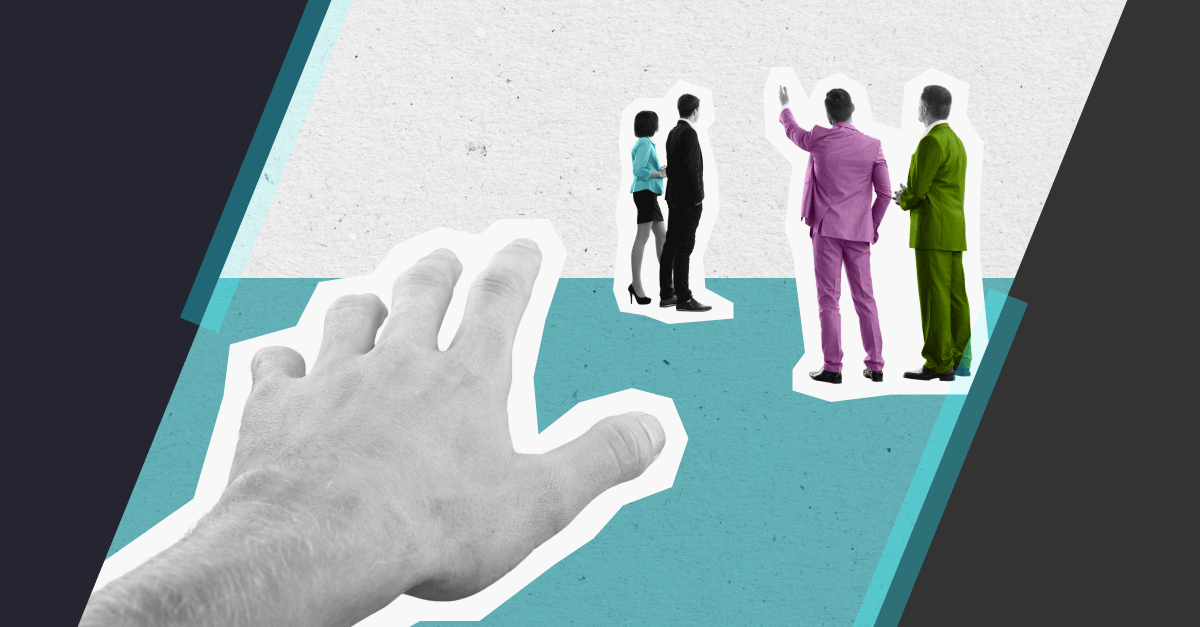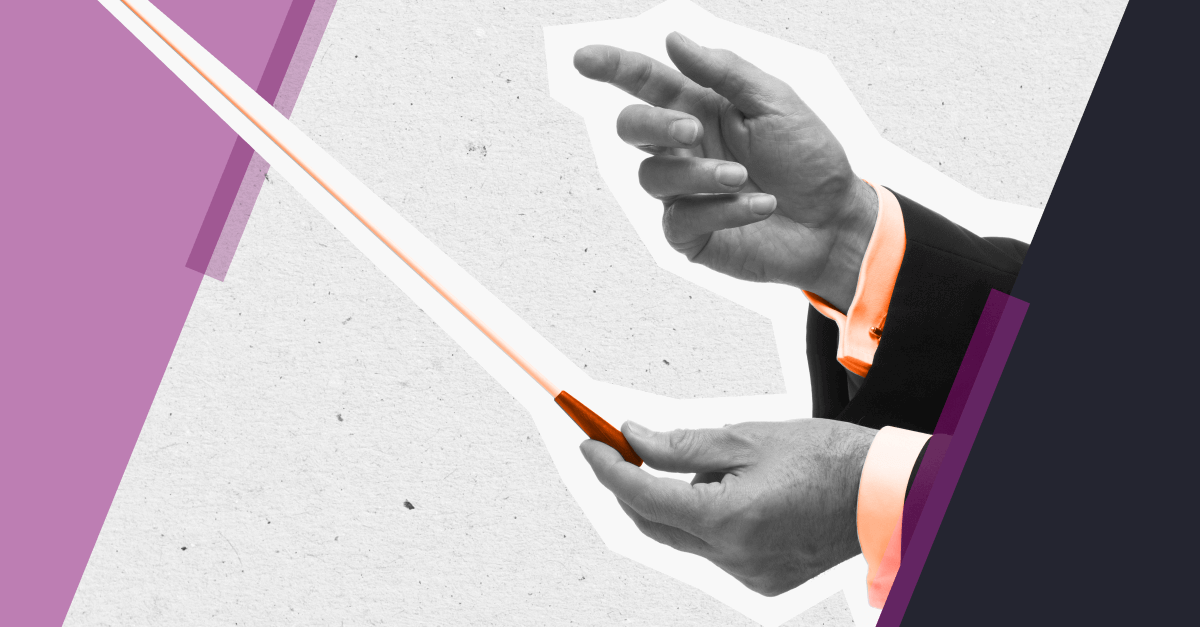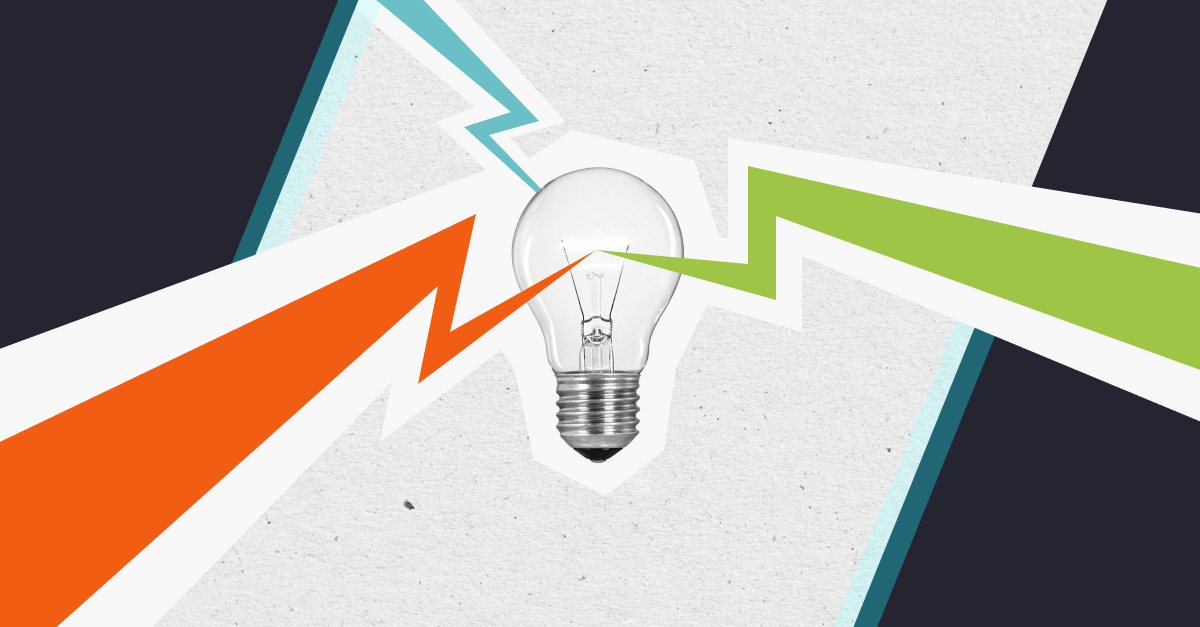
Digital selling is a relatively new term first coined around five years ago. Today, it’s an essential function for companies.
Traditionally, salespeople would make cold calls to customers sitting behind desks. But today’s buyers are savvy in their approach to finding suppliers, often spending months researching options before talking to a salesperson. In fact, one study found half of B2B buyers make up their minds on a provider before even talking to a sales rep.
In order to close more customers, B2B companies need to capture the attention of buyers from the very beginning of their digital journey. So when the time's right to make a decision, there will be just one company on their radar.
This is where digital selling comes in. It will help you boost sales and drive revenue.
Here, we define what digital selling is and what it encompasses, and share tips for success.
What is digital selling?
Digital selling involves leveraging digital tools to find, engage and connect with prospective buyers to drive revenue. These digital tools include social media platforms, client relationship management (CRM) systems, content management systems and lead generation resources such as LinkedIn Sales Navigator.
Rather than waiting around for leads to be handed to them, digital sellers are proactive in their search. The goal is to connect with prospective buyers at various touch points throughout the buyer’s journey to provide value, develop trust and build relationships.
Digital selling takes a holistic view, bringing together many elements across an organisation to guide buyers through a journey that leads to more closed deals.
Digital selling vs digital marketing
The terms digital selling and digital marketing are often used interchangeably. But they are not the same thing.
Digital marketing involves connecting with and influencing potential customers in the online space. It leverages the use of websites, videos, images, content, social media, PPC (pay-per-click), paid search, SEO and more to help businesses get in front of the right people at the right time.
While digital marketing works to engage a target audience, the role of digital selling is to turn that audience into buyers and drive revenue.
What does digital selling entail?
A successful digital selling strategy encompasses a number of things:
1. Social selling
Social selling is a key component of digital selling. It involves using peer-to-peer networks such as social media platforms and forums to meet a buyer at a specific time in their buying journey to guide their next steps and make conversions.
Social selling involves three main tactical elements:
- Trigger selling - creating conversions by triggering a customer’s impulses
- Referral selling - acquiring new customers through referrals
- Insights selling - generating leads and sales by being an influencer
Being helpful on social media is one way to build a connection and trust with your prospects. 52% of B2B buyers use LinkedIn to ‘shop’ for potential providers, so salespeople need to be proactive in watching conversations, sharing ideas and answering questions.
Interestingly, there was a surge in social selling at the onset of the coronavirus pandemic when in-person sales meetings came to a halt. LinkedIn reported hat the time spent on their “social selling” learning courses more than tripled between February and March 2020 in North America.
2. Digital tools
A successful digital selling strategy relies on having the right digital tools, including a lead generator resource and a customer relationship management (CRM) tool.
A lead generator resource (or social intelligence tool) helps you find leads in your target market and build trusted relationships with prospects and customers. LinkedIn Sales Navigator is one of the most popular because it’s easy to use and well-priced. 74% of salespeople using social intelligence tools, such as LinkedIn Sales Navigator, describe it as critical in closing deals.
Once you have a lead generation platform started, you can select the social platforms you want to use. In the B2B world, LinkedIn is a must. But it’s important to do your research to determine what other platforms your buyers are using. It may be that Facebook, Twitter and Instagram could also provide value.
Having a good CRM tool is also useful as it will help you to manage and analyse customer interactions and data to improve relationships.
3. Content creation
Providing prospects with helpful, informative and compelling digital content at each stage of the buyer’s journey is important for pulling people through the sales funnel and driving sales.
There are three stages of the buyer’s journey:
- Awareness - the buyer is expressing symptoms of a potential problem or opportunity, and becomes aware they have a need
- Consideration - the buyer has identified their problem or opportunity and starts reviewing their options
- Decision - the buyer narrows down their options and comes to a final decision on the right solution for them
Your content should serve as a resource for buyers at each stage of the journey. At the awareness stage, they will be looking for content that helps them identify and understand their pain. At the consideration stage, they will be looking for content that educates them on viable solutions. And at the decision stage, content should help buyers make the most educated buying decision possible.
Tips for success
Align sales and marketing - Digital selling is a team effort, with sales and marketing functions working together to convert leads into customers. In today’s world of B2B buying, there is no hand over from marketing to sales, or digital to in-person. Make sure your sales and marketing teams are working in parallel, not in a linear fashion.
Know your audience - Who are your buyer personas? What are their needs and aspirations? What are their success factors when it comes to finding the right solution? Where do they spend their time online? The more you know about your prospects, the easier it will be to make conversions at different touch points. Research shows 64% of B2B buyers want suppliers who demonstrate knowledge of their company and offer insights into their problems.
Leverage data - The use of data analytics can help you get a closer look at your prospective buyers. These insights can be used to create content and campaigns that will resonate with your target audience and help turn them into buyers.
Selling to savvy B2B buyers is no easy feat. But the B2B buying journey isn’t easy either. The typical buying group involves up to 10 decision makers, each armed with information they’ve gathered independently and that they must decipher with the group.
Through digital selling, you can make the journey easier for your buyers, by providing them with helpful content, answering their questions, and supporting them at each stage of their journey. So when the time comes to make a decision on which provider to choose - you are at the top of their list.




